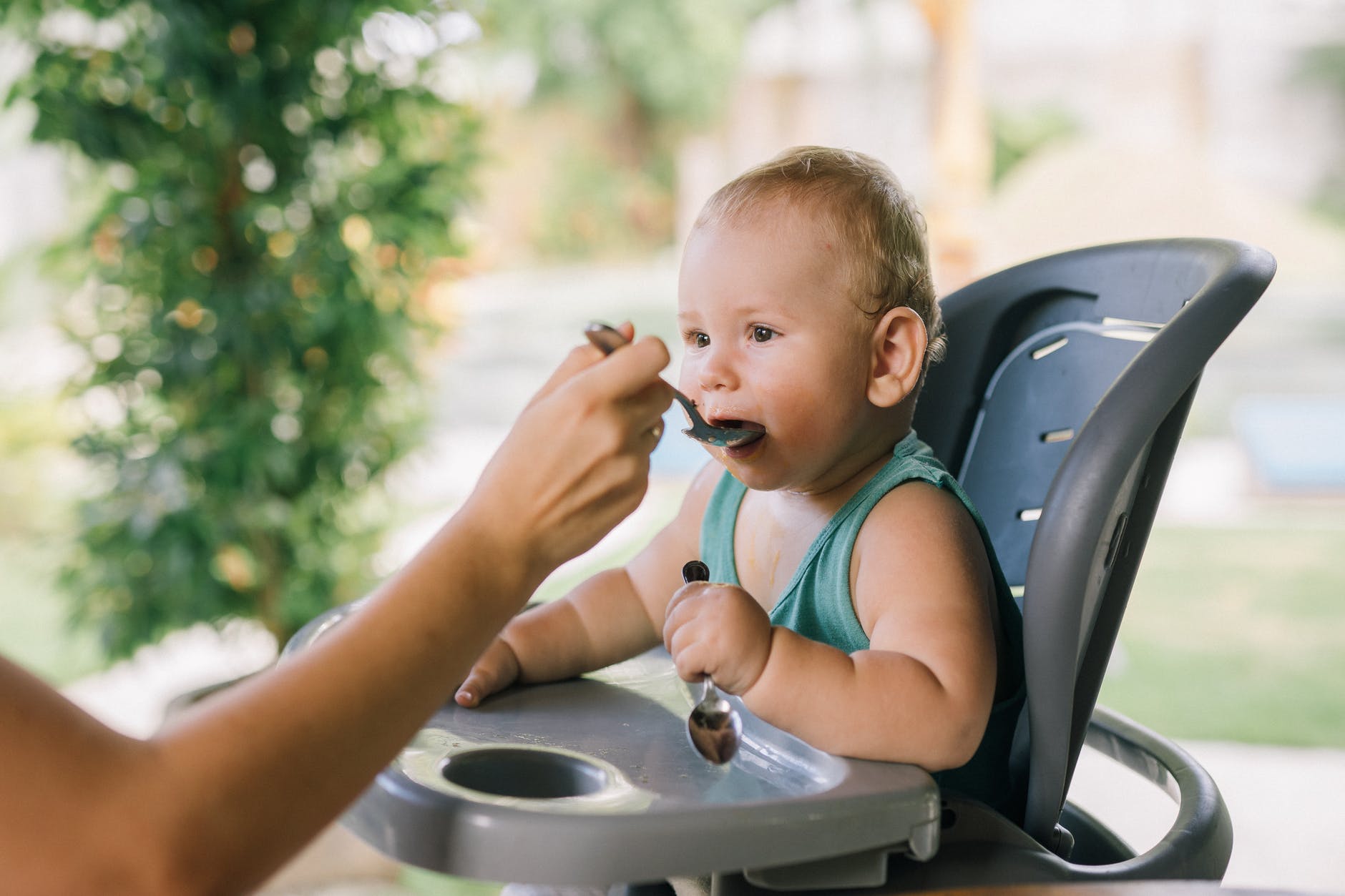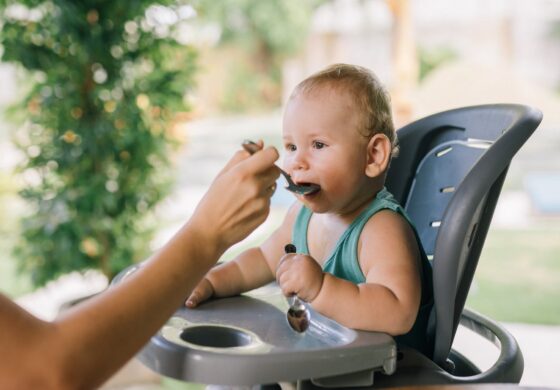Parents of toddlers expect the toddler years to be an exciting time with many milestones and new developments. Sometimes, these milestones come with challenges that leave parents with a lot of questions. One such area is your child’s experiences with food.

Mealtime and the development of a child’s relationship with food is an area that can be difficult for some children. As a parent working to support your child’s growth and development, if your child’s relationship with food is a challenge, feeding therapy may be able to help.
Here are some things to consider if you are wondering if feeding therapy might be right for your toddler.

- Your child eats less than two food items from an entire food group (protein, vegetables, etc.), and/or they don’t eat foods of a certain color.
Does your child only eat carbohydrates? Can you count the number of protein sources that they eat on just a couple of fingers? What about colors – are they appalled by foods that are the color green, no matter what the type of food is? Broccoli, green crackers, zucchini, green juice, or green grapes may be a no-go! These are tell-tale signs that your little one may benefit from feeding therapy!
- They have difficulty with certain textures – to the point that it causes a tantrum, meltdown, or gagging.
Do certain textures, such as the sticky, mushy texture of oatmeal, cause your child to have an emotional reaction that ends in crying and screaming? Do they struggle to even visually tolerate being around textures that bother them? If your child has so much difficulty with certain textures that touching them or seeing them causes a tantrum, meltdown, gagging, or vomiting, we would absolutely recommend a feeding therapy evaluation for your child.
- They don’t eat enough to remain at an appropriate weight.
No matter how much you may try, does your child struggle to remain at an appropriate weight for their age and height? Is your child’s doctor concerned about your child’s weight? Have other medical reasons for decreased weight gain been ruled out? There may be lots of reasons why your child struggles with eating enough to maintain or gain weight, and none of them are your fault. It’s our job as feeding therapists to help figure out why your child may be struggling to eat enough, and we want to work with you to come up with ideas to improve their food intake!
- Your child eats ONE type of food from ONE specific brand.
Do you HAVE to buy Tyson chicken nuggets or Kraft Macaroni and Cheese?? If the store is out of your child’s favorite brand and type of food, does your little one make it known that they absolutely will not eat Annie’s Macaroni and Cheese? Does it have to be the dinosaur Tyson nuggets and not the regular Tyson chicken nuggets?! This is a very common challenge that we see in feeding therapy, and we’re here to help!
- Meals take longer than 45 minutes because your child is having so much difficulty with eating.
Do you feel like you have to carve out huge chunks of the day for every single meal? Does every bite feel like a struggle, and do you find yourself repeatedly asking your child to open their mouth and take a bite? It’s our goal for mealtimes to be a low-stress, FUN part of your daily routine, and we want to help you and your child get there!
- You CONSISTENTLY have to plan to cook an alternate meal for your child than what you cook for you or your other children.
It’s understandable and typical to occasionally make alternative meals for your child, but do you constantly need to plan to cook a different meal for your toddler than what you cook for yourself or the rest of your family? This gets to be so much work for you, and it’s not your job to be a short-order cook! In fact, consistently making a separate meal for your child may perpetuate the picky eating cycle. We want to support you and your child in breaking this pattern through feeding therapy!

- Your child doesn’t explore or touch food on their plate.
Do you feel like, no matter how often you have offered your child a certain type of food, they refuse to touch it? If you put a new or non-preferred food on their plate, do they get visibly upset and act absolutely repulsed that you would dare to put broccoli on their plate?! Even with some familiar foods, does your little one struggle to touch and interact with them on their own? If you notice that your child’s difficulty touching foods is significantly impacting their ability to eat or try foods, a feeding therapy evaluation would be a great next step.
- If the food that they like is imperfect or broken, they will refuse to eat it.
Is your child very particular about foods being intact and without breaks or imperfections in the shape? If the dino chicken nugget is missing a tail, do they refuse to eat it? If the cookie broke in half, is it the end of the world? Do they look at a piece of cut string cheese like it is the most offensive thing ever? Picky eaters prefer consistency, and it can be really difficult for them when something they expect to always look the same changes. If you notice these causing difficulties with your child’s ability to happily eat many foods, feeding therapy may be beneficial for them.
- Your child is older than 2 and is unable to eat chewy foods.
If you have noticed a pattern with your little one (older than 2 years) struggling to eat foods that are chewy, such as steak, grilled chicken, bagels, or dried fruit/fruit leather, they might be struggling with oral motor strength. Just like every other muscle in the body, the muscles that help with chewing and eating need to be strengthened! There are lots of ways we can do this in feeding therapy, and all of them are fun and kid-approved.
- Your child eats less than 30 foods total.
If you make a list of every single food your child eats (including fruits, vegetables, protein, and carbohydrates), does the list total 30 food items or less? There are many reasons why a child might eat less than 30 foods. If they’ve been consistently exposed to more foods than this, and continue to have difficulty accepting more, feeding therapy can your little one feel safe to eat a larger variety of foods!
If any of these signs resonate with you and you are interested in seeing if your child might qualify for feeding therapy, book a FREE consultation with one of our amazing OT Feeding Specialists!

